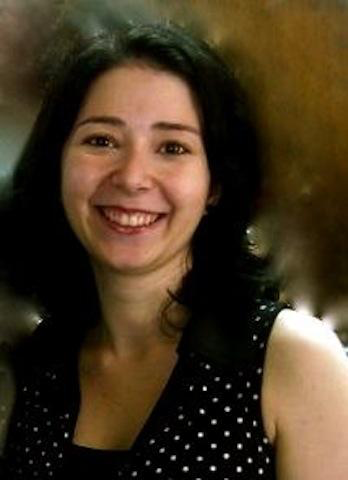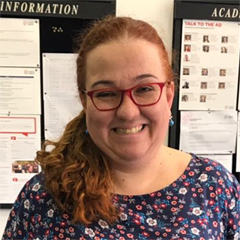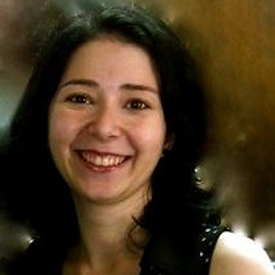Project-Based Learning in Bilingual Education
Historically, Bilingual Education has had different reasons to be put into practice all over the world. Sometimes, it is the way to facilitate the gradual transition from one language to another. Other times, it is the way to bridge the gap between two languages without diminishing either of them or the cultures related to them.
In Brazil, Bilingual Education, when observed in private schools, more often than not has as its aim to offer opportunities to develop language skills in prestige languages, such as English, Spanish, French, German, and Italian. The idea of prestige language has clear links to economic development and power. The challenge for these schools is to be able to do so while teaching curricular content in both languages (Portuguese and the chosen prestige one) once the schools are required to follow the Brazilian policies and official documents, such as the BNCC.
From over 10 years of experience in Bilingual Education and bilingual schools of different types, I have witnessed two noteworthy ways of joining expectations and possibilities that lead to success and integration of languages and contents in various contexts and school years: the use of Project-Based Learning (PBL) and the use of Inquiry-Based Learning. This month, I will tell you a little bit about PBL so that you can understand why it seems to be a valuable choice!
As defined by Buck Institute for Education, “Project-Based Learning is a teaching method in which students gain knowledge and skills by working for an extended period of time to investigate and respond to an authentic, engaging, and complex question, problem or challenge”.
PBL is different from carrying out a “project” because its procedures tend to be more rigorous than those in use in many schools that have projects as a common teaching feature. These projects tend to be short in terms of time and be proposed after the study of a topic or unit. A project in PBL. however, is the unit of work, that is, it is the vehicle for teaching knowledge and skills. As such, a PBL project contains and maps out curriculum and instruction. Therefore, it is more than a single activity.
PBL also necessarily includes critical thinking, problem-solving, collaboration, and the use of higher order thinking skills and team work. In order to accomplish that, there are essential project design elements to take into account:
- The learning objectives in terms of key concepts, knowledge, skills, and understanding.
- Authenticity.
- Students’ voice or students’ choice.
- A challenging problem or question.
- Sustained inquiry.
- Reflection.
- Revision and critique.
- A public product.
While developing a PBL project with students, the teacher is responsible for designing, planning, managing activities that are part of the project, scaffolding, engaging, coaching, assessing students’ learning, and helping to build the project and inquiry culture among students. PHEW! That’s a lot, right? But that is totally doable for a 21st century teacher! (Check the post about them here!)
Let’s make PBL more concrete for you. Here is an example of a PBL project that was developed last year at a private school in São Paulo which offers a partial immersion program.
Just after an earthquake, a student, whose relatives live in Japan, came to school and told his classmates that there was an earthquake in the city where his aunt and uncle live. That conversation happened just before the beginning of the lessons, in the school hall, and got the 8-year-old students very, very agitated. As they entered the classroom, one of them told the teacher what had happened to his classmate’s relatives in Japan. The teacher reacted to it asking the students if everyone was okay… and that was when a student who had been silent during the whole interaction asked her WHY they had an earthquake in Japan. That rather simple question raised by one student originated many others: “Do we have earthquakes in Brazil?”, “Do they have earthquakes in Japan every day?”, “Can you stop an earthquake?”, and so on. That was the beginning of a 2-month-long PBL project was organized by teachers in collaboration with students.
Instead of simply answering the questions, the teacher decided to engage students in finding the answers. She stretched the unit objectives a bit as those were authentic questions that should be answered and transformed a lesson on earthquakes from the Geography textbook that would be studied later on that month into a project. All PBL boxes checked: learning objectives, authenticity, students’s voice, and a challenging question – part of the PBL scheme was there already! The subsequent steps included extensive research carried out by the students at the school library and on the Internet with the teacher’s guidance, an interview and a lecture with an expert (a Geography teacher from High School), reflection, questioning and critique. Two months worth of a lot of engaged and collaborative work once a week about earthquakes.
The discoveries were made public in a school fair for which students created schemes, models with scrap paper and plastic, and posters that they could refer to while explaining their discoveries to guests, families, school staff and peers. They also recorded videos explaining their projects and how they organized and reported findings because they wanted to spread the word to other students who were not in their class or who could not attend their special room in the school fair. And that was all created, researched and produced in English as the initial sharing – a student telling the teacher about his classmate’s relative experience – happened at English Time.
It is clear that the answer to the challenging question could rapidly be found online or even answered by the teacher. However, there are immense benefits in teaching students how to carry out research and inquiries. Learning is far more concrete if students are actively involved in it.
How is PBL a successful practice in Bilingual Education then?
Simply put, PBL allows us to teach content and use any language as a means of instruction in an authentic way. There is no need to carry out the project entirely in English or in Portuguese, if your school context does not oblige you to do so. The use of one language or another should be adequated to the school reality and to students’ needs and expectations. Both languages, and as a consequence teachers who work with either of them, can join forces to create and carry out great projects.
What is important to have in mind before starting PBL?
Essentially, your school should have two concepts clear: what a project is and what steps it follows. That helps a lot as it is the best starting point to decide what can be done in one language or the other.
See you in June!
Bibliography:
BOSS, Suzie.; LARMER, John. Project Based Teaching. How to create rigorous and engaging learning experiences. E-book, ASCD, 2018.
LENZ, Bob. Transforming Schools. Using project-based learning, performance assessment, and common core standards. San Francisco: Jossey-Bass, 2015.





